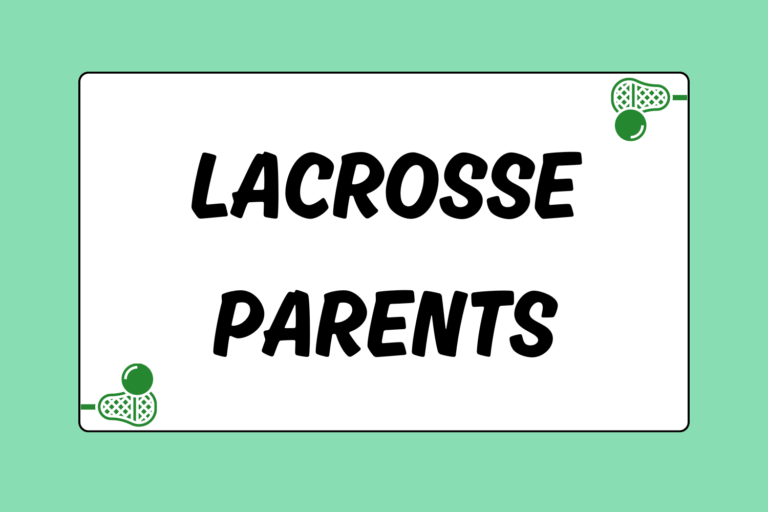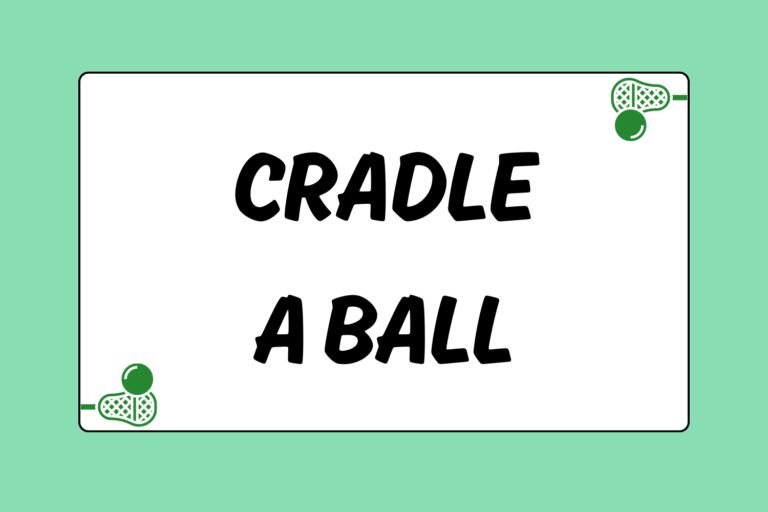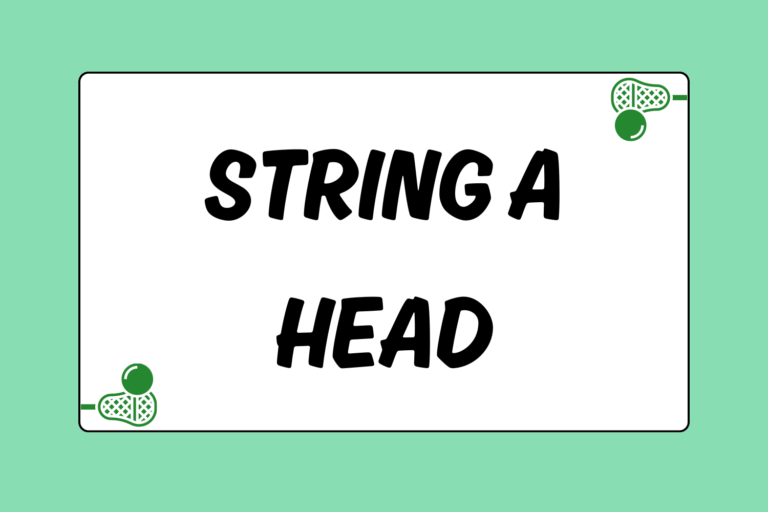Passing and catching are the two most basic, and also most essential, skills that a player must possess. Unlike most other sports, lacrosse players use both their dominant and non-dominant hands and frequently alternate between the two. Without the ability to consistently throw and catch, a player is essentially useless. Let’s start by taking a look at the proper mechanics involved in throwing a lacrosse ball.
Throwing
This motion is very similar to one used by a baseball pitcher. The dominant hand grips the stick about halfway down, and does most of the heavy lifting. The non-dominant hand grips at the bottom of the stick, and mostly serves as a guide.
- The top hand is called the “push hand” since it pushes the stick over the player’s shoulder.
- The bottom hand is called the “pull hand” since it pulls or guides the stick while the top hand does the hard work.
Next, there is the footwork. The player stands ready to deliver a pass with his feet and chest facing to the side, at a 90-degree angle from his target. For a right-handed player getting ready to release the ball, step forward with the left foot, pointing the big toe towards the desired destination of the ball. For lefties, the feet will be reverse from a right-hander’s technique.
As you begin to step forward, raise your hands up to chest level, keeping the stick parallel to the ground and the elbows bent. The right hand then pulls the stick back to the opposite side of the body from the target of the throw, and the left hand ends up even with the right shoulder. On the weight transfer from right foot to left foot, the right hand pushes over the top of the right shoulder, taking the stick with it, while the left hand loosely grips the bottom of the stick and keeps it steady throughout the throwing motion. As the front foot hits the ground, the stick should be roughly perpendicular to the ground.
The follow-through is the final part of your throw. At the completion of the throwing motion, the head of the stick should be pointed directly at the target of the throw. Take special care to always follow through – it will lead to very positive results!
Catching
The most important thing to remember when catching is to relax! Many new players grip the stick a bit more tightly when catching, thinking that this will enable them to better control the ball in the head of the stick. False! Having soft hands is the key to catching effectively.
Whereas with throwing you want your top hand to be about halfway down the shaft of the stick, when learning to catch, you will want your top hand all the way at the top of the shaft for maximum control of the head. Once your hands are correctly positioned, give the passer a nice target at which to throw.
With elbows bent, hold the stick parallel to your body, with the head of the stick positioned to the side of your helmet, and above your shoulder. This area is referred to as the “box”, and is where the ball should be thrown and caught whenever possible. With the ball in the box, you will be in position to run, throw, shoot, or dodge effectively and without wasted movement.
As you wait for the ball to get to your stick, be setting yourself up for a successful catch by doing two things:
- Exhale as the ball is moving into your pocket. This will relax your muscles so that you aren’t tensing up.
- Use your body to protect the ball and stick from defenders, and to soften the blow of the ball hitting the pocket. Right-handers will want their left shoulder to be slightly closer to the passer than the right shoulder, and will want to be moving their torso and feet towards the ball, while moving the hands just slightly backward to ease the ball into the pocket.
Having Soft Hands
Imagine that you are trying to catch an egg in your pocket without having it break and soil your pretty little string job. Go a step further and actually practice catching an egg. Should things get a little sticky, you can always hose off the pocket when you get done with the egg. If you just hold the stick out there with a tight grip, the ball almost certainly will bounce out of your pocket, or with the messier alternative, the egg will break all over your pocket. Cushion is the key. Bend those elbows, and loosen that grip a little bit!
Catching On Quickly
Follow these steps and the process of catching and throwing will become second nature. Don’t slack on practicing. Hitting the wall is the best way to rapidly improve stick skills. You don’t even need a partner to do it. Just commit yourself to getting out there and working on your form, and having soft hands, and before long you’ll be dropping dimes and making catches in traffic.





